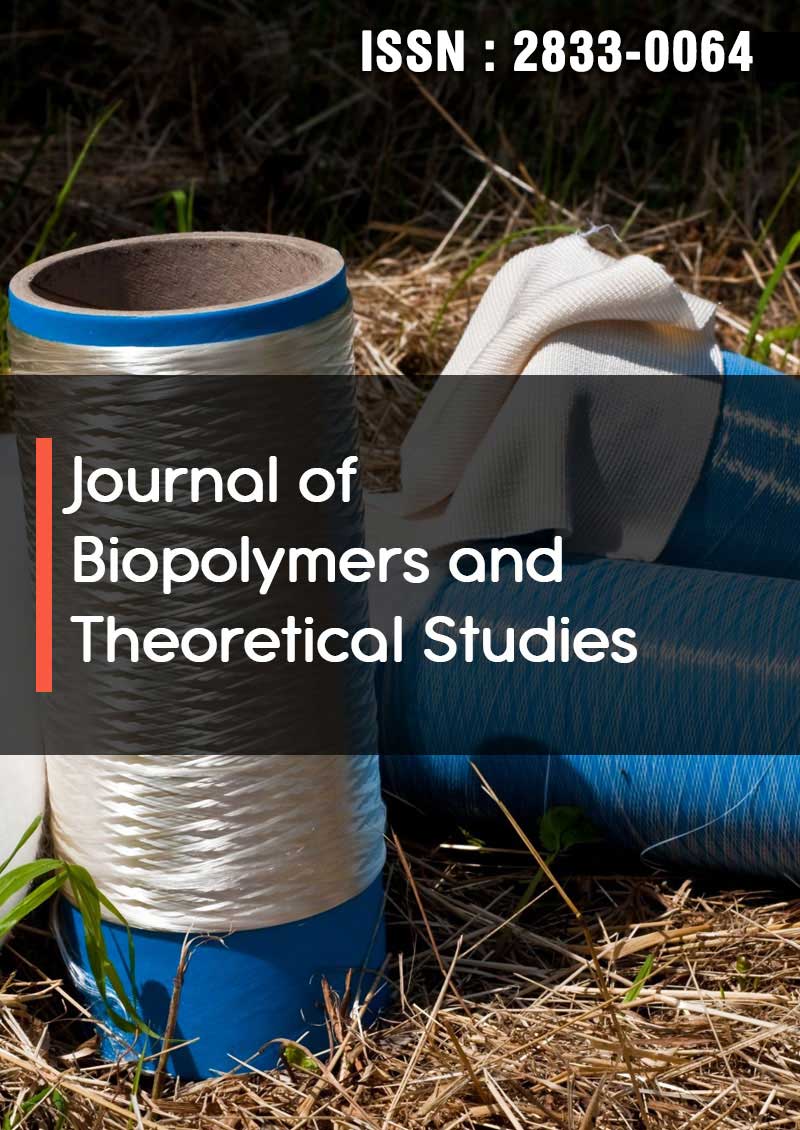Antibacterial Activity and Phytochemical Screening of Acacia Nilotic a Leaf Extracts Against Clinical Isolates of Some Bacteria
Abstract
Khaleel ZI, Aminu F, Muazu L, Ali Muhammad
Several hundred genera of plants were used traditionally for medicinal purposes. The study was aimed to screen for phytochemicals and to determine the antibacterial susceptibility of Acacia nilotica leaf extracts against clinical isolates of Staphylococcus aureus, Escherichia coli and Pseudomonas aeruginosa isolated from patients with gastrointestinal infection. The qualitative phytochemical screening of the plant leaf was conducted using conventional method while the quantitative phytochemical analysis was conducted using analytical method. Agar well diffusion method was used for determination of antibacterial activity of the extracts while dilution method was used for determination of minimum inhibitory concentration (MIC) of the extract. The result of phytochemical screening showed that the plant’s leaf extracts contain alkaloid (7.2%), followed by flavonoid (3.85%), terpenoid (2.6%), tannin (2.3%) and saponin (1.25%). Least content was recorded by glycoside and reducing sugar with 1% and 0.9% respectively. The antibacterial activity of the leaf extract showed that ethanolic extract has the highest activity (15.04 mm) than aqueous extracts (14.19 mm). The average zone of inhibition recorded by E. coli was 16.15 mm while those recorded by S. aureus and P. aeruginosa was 14.39 and 13.32 mm respectively. It is concluded that the leaf extract of nilotica leaf possesses antibacterial activity.




